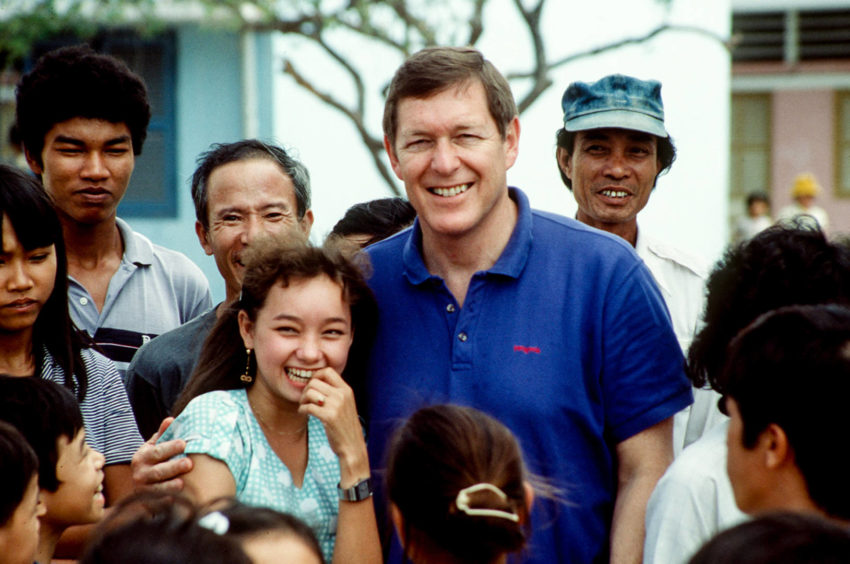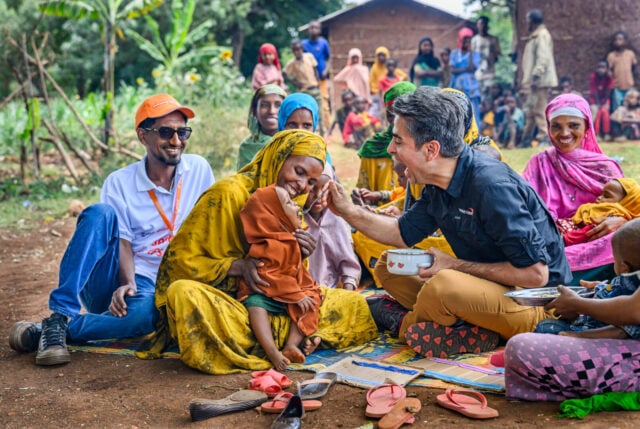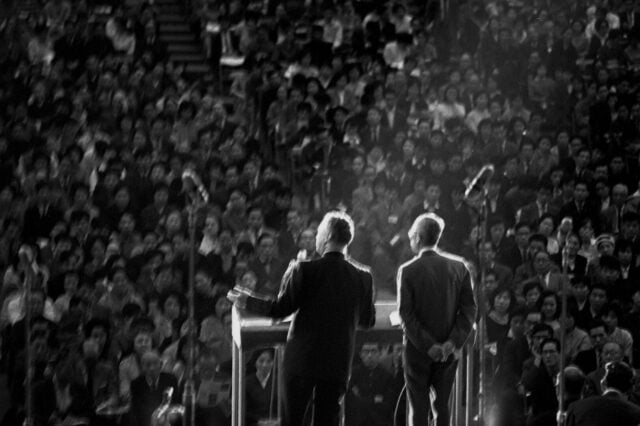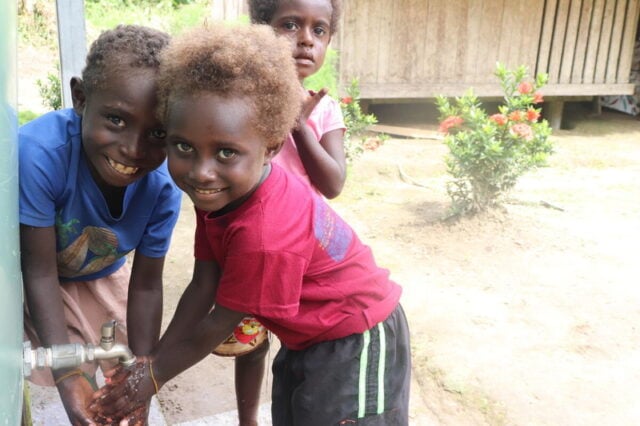The new coronavirus has swiftly become a daunting global challenge. But at World Vision — a ministry born of crisis and shaped by many humanitarian emergencies since — we remain hopeful. We’ve witnessed God’s guiding hand throughout our history.
When we prayed and acted, emboldened by His love for all people, we saw breakthroughs that can only be described as miracles. Travel with us into the past, to the moments that give us such confidence that God is always working for our good, even in dark times.
Soldier of war fosters peace
In January 1968, the Tet Offensive escalated the Vietnam War. The U.S. military targeted several North Vietnamese sites in retaliation, including Radio Hanoi, which had broadcast the signal that sparked the offensive. Marine Corps Captain Robert Seiple was the soldier tasked with dropping 2,000-pound bombs on the site. Anxious during his pre-flight check, Bob took comfort in Psalm 121:1–2: “I lift up my eyes to the mountains — where does my help come from? My help comes from the LORD, the Maker of heaven and earth” (NIV).
Halfway to the target, the mission was called off. Lives, likely including Bob’s, were spared that day. He later became president of World Vision (1987–1998), and focused on peacebuilding and reconciliation — including in Vietnam, where he restarted World Vision’s work after a 13-year absence. In a 1995 speech, Bob reflected, “When I traveled to Hanoi last year, I was struck with gratitude that I never had an opportunity to release those bombs. The area, then and now, is a heavily residential area. Many innocent lives would have been destroyed. Today, I watch our expatriate and Vietnamese staff work side by side at this site, sowing the seeds of hope and reconciliation as we serve the humanitarian needs of this country.”
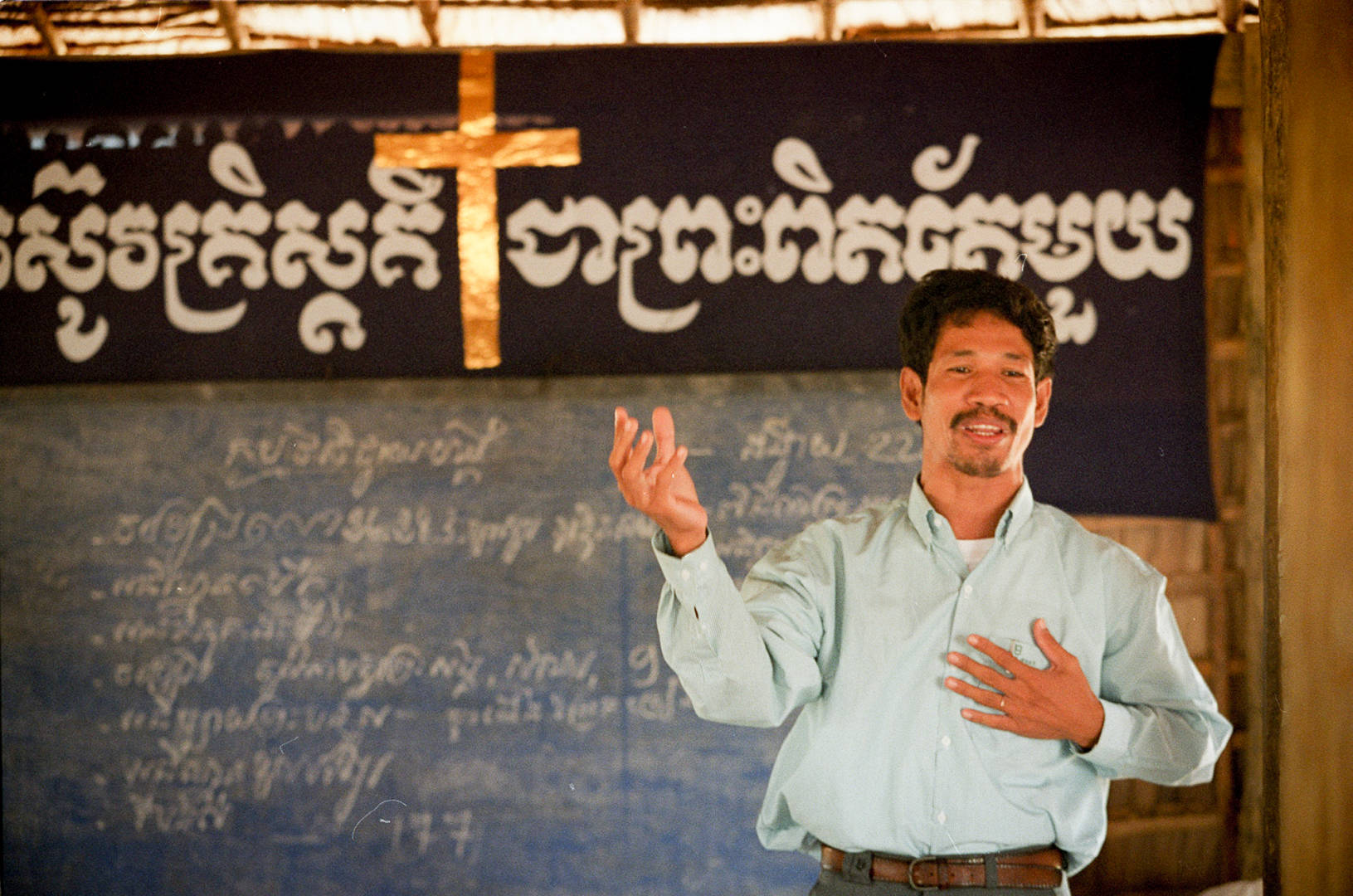
Communist spy to church planter
World Vision’s early Christian outreach often took the form of evangelistic gatherings in cities where the gospel message was welcome. Phnom Penh, Cambodia, was one such place in 1972. While the country tilted toward revolution, World Vision provided support to the embattled people. After World Vision President Stan Mooneyham (1969–1982) personally accompanied a convoy of relief supplies through rebel-held territory, the government permitted him to convene one of the first evangelism events in the country. Ten thousand people flocked to the four-day gathering.
A young man named Sovann Mam attended. He was a communist spy who played the part of a student. He was sent to find out what the American Christians were up to. As Stan preached the story of the prodigal son, Sovann burst into tears. Describing the moment in his book Church Behind the Wire, Sovann, who later renamed himself Barnabas, writes: “I cried for the acceptance I now knew — in contrast to this Father’s love — I had never known. I cried for my mistaken loyalties. And in my heart, I ran home into the arms of my Father.”
A Christ-follower from that day on, Barnabas suffered for his faith, enduring imprisonment, hard labor, and hunger at the hands of Pol Pot’s regime. As one of only 200 Christians to survive the Killing Fields, he later returned to Cambodia and became a prominent evangelist and church planter, as well as a dedicated partner to World Vision in Cambodia.
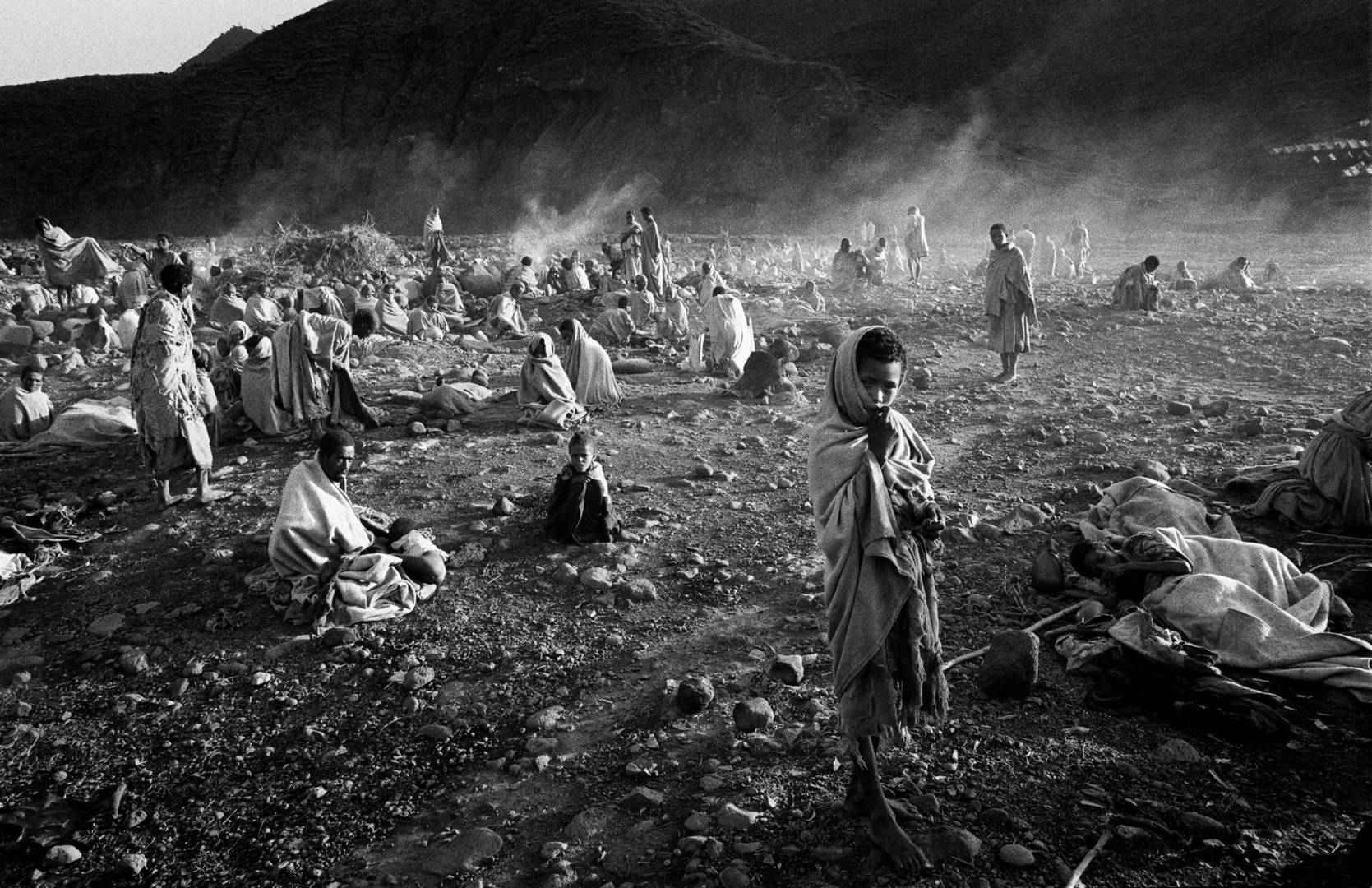
Breaking news saves lives
In 1984, Ethiopia was spiraling into a severe hunger crisis largely caused by failing government policies. Only international aid organizations were allowed to operate in the hardest-hit areas, and foreign press were prohibited from entering. Jacob Akol, a former refugee from Sudan who was World Vision’s communications director in East Africa, understood that leveraging the mass-media megaphone was the only hope for suffering Ethiopians. But it would take a miracle. Then, in a chance meeting between Jacob and BBC journalists on a plane to Addis Ababa, Ethiopia’s capital, God opened the way.
Jacob details what happened next in his book, Burden of Nationality. The first break was that there was no government minder awaiting the BBC team at the Addis airport. The journalists were free to apply for permits to travel north — even though they didn’t have the means to get there. As if on cue, World Vision’s Twin Otter plane was cleared for a supply run the next morning after weeks of being grounded. Jacob quickly arranged for the BBC team to go along. The final hurdle was an airport security officer who could have prevented the journalists from boarding the plane, but he waved them through. Jacob writes, “The journalists went up north, got the story, returned to Addis Ababa and out to Nairobi with the video that moved the world. … The rest is history.”
The $4 billion global response was indeed historic. With surging donations, World Vision scaled up Ethiopia relief operations from $3.5 million to $70 million and began implementing large-scale development programs, helping communities recover and thrive.
Singing the good news
Years before the Iron Curtain closed in Romania in 1989, World Vision quietly supported underground churches there. The secret police commonly harassed our staff. One morning before Sam Kamaleson, World Vision’s vice president at large, planned to speak at a youth rally in Bucharest, he and colleague Charles Rogers were detained for questioning.
The agents told Sam he couldn’t preach at the gathering. But Sam, an evangelist from India who traveled the globe leading World Vision’s pastors’ conferences, was not easily intimidated. He was also blessed with a singing voice that he had used as an evangelism tool since his youth in Madras. According to Charles, Sam asked the agents, “If I can’t preach, can I sing?” They responded, “You can sing until your throat hurts!” So Sam sang that night, slipping in a few words between songs. Charles said, “He sang in his rich baritone. He spoke. He sang. He spoke. And at the end of the service, there was a powerful outpouring of God’s Spirit.”
Sam later said that the most thrilling event of his career was preaching in Romania after communism: “The church in Romania called me and said, ‘You suffered with us when we were oppressed, now come and preach when we are free.’”
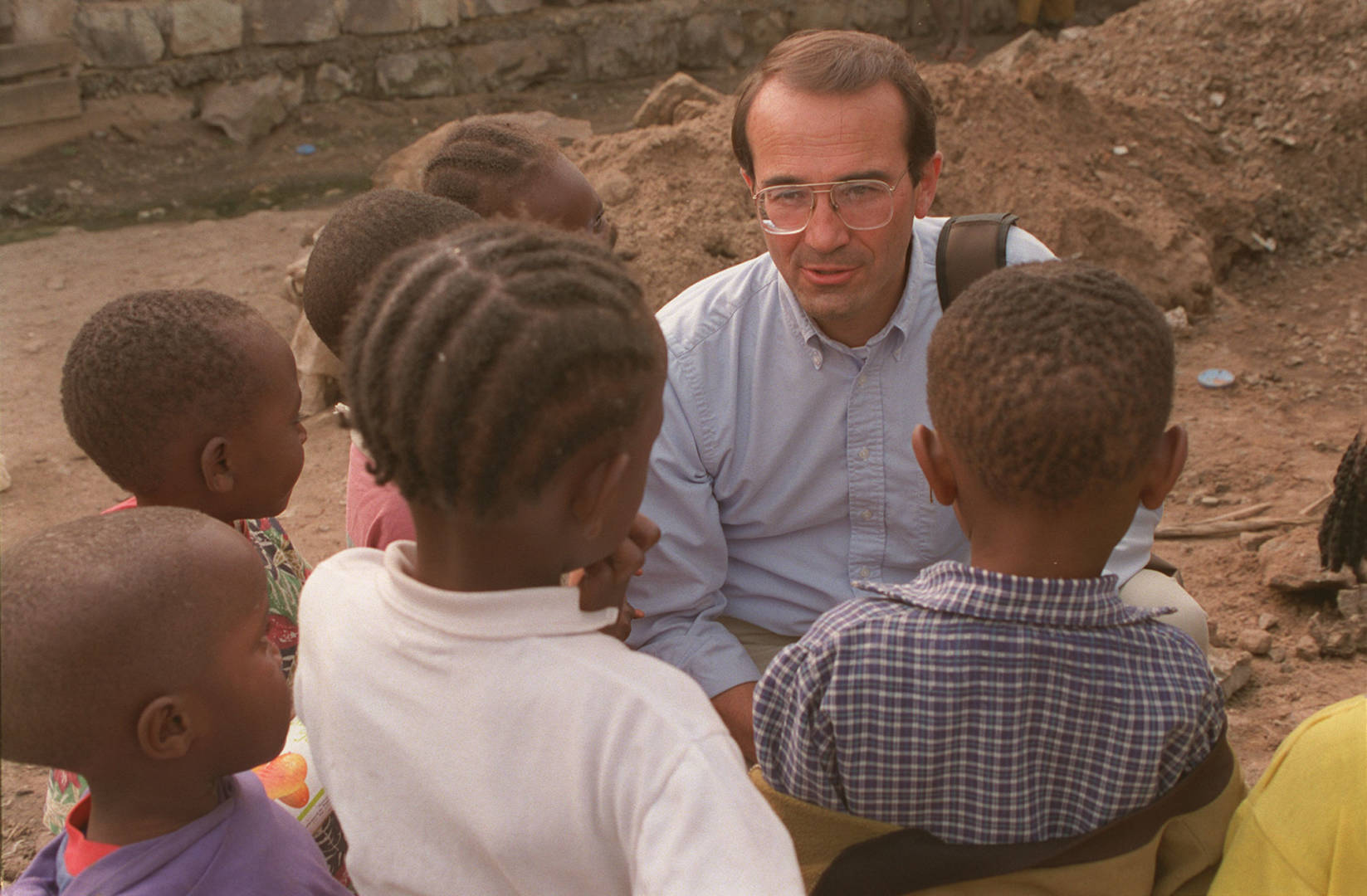
Harrowing attack
Alone on a hotel deck in South Africa in 2002, Ken Casey settled down to morning devotions before a critical World Vision conference. As director of World Vision’s newly-launched response to the AIDS pandemic, Ken needed to persuade colleagues to commit more resources to fighting AIDS, which was decimating adult populations in sub-Saharan Africa and threatening to undo decades of World Vision’s development work.
Suddenly, a 100-pound baboon leapt on Ken’s back and began savagely tearing at his skin. Ken fought back, managing to push the animal away long enough to grab a chair as a weapon. The baboon ran off. Ken staggered into the hotel, and colleagues rushed him to the hospital. In an interview in 2003, Ken recalled, “All of a sudden, this grin just appeared on my face. ‘If what we are doing is this important that Satan would try to destroy it,’ I thought, ‘and if God would go to this extent to protect it: Wow! What is it that we’re engaging in?’”
With 135 stitches and 27 staples in his back, Ken returned the next day to lead the conference, which was a turning point in World Vision’s AIDS response. He was even more convinced of God’s intervention when he recovered pages from his Bible stained by blood from the attack. The verses, Joshua 1:6–9 and Isaiah 58:10–11, spoke powerfully to Ken about courage and the value of sacrificing for people affected by AIDS. And by no coincidence, they were the very same Scriptures featured in World Vision’s chapel the next week.
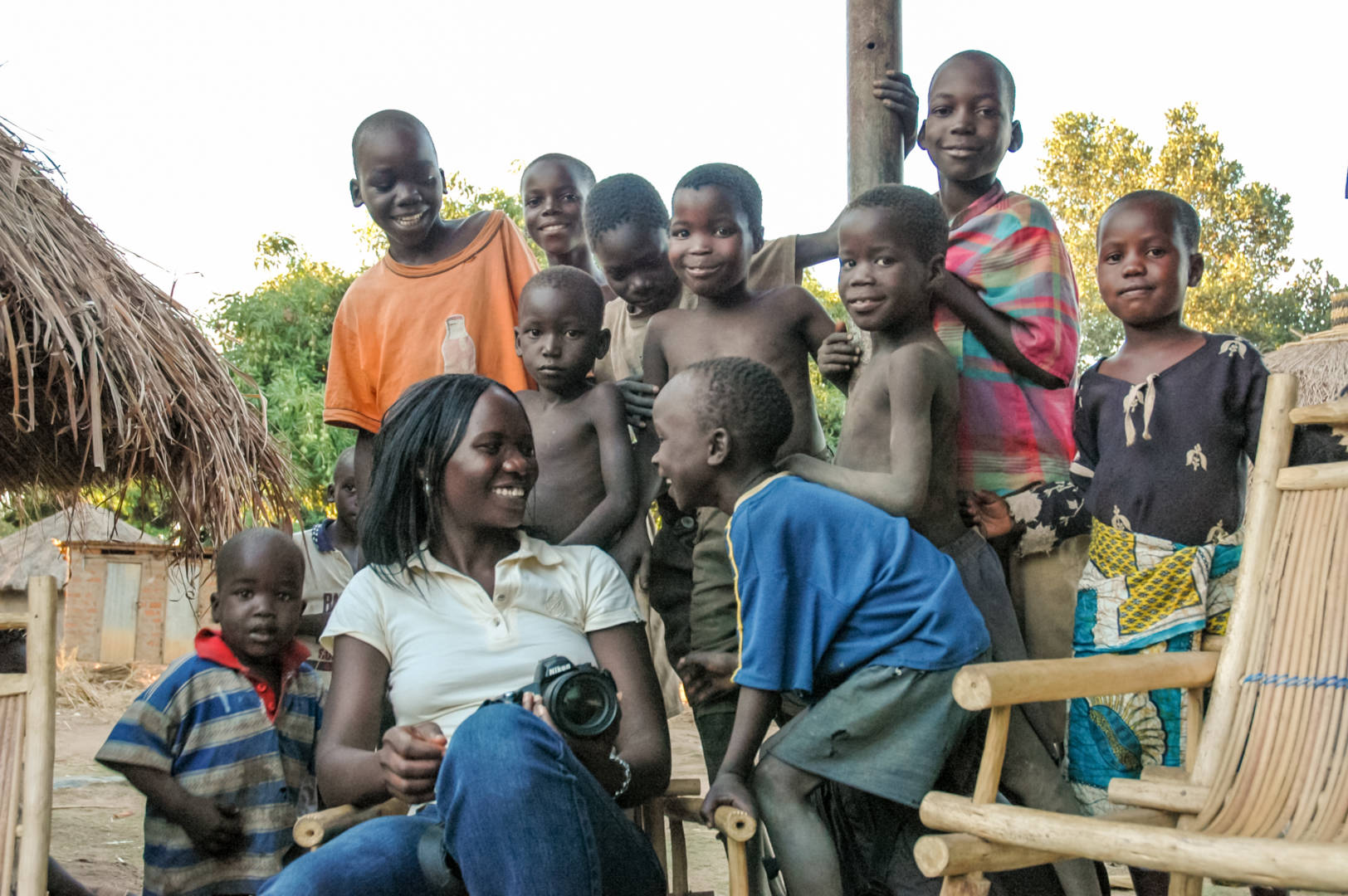
Courage to call
After 20 years of conflict, peace talks began between the Ugandan government and the Lord’s Resistance Army (LRA) in 2006. The rebels — who specialized in cruelty, not Christianity — had terrorized people in Gulu, northern Uganda, including abducting thousands of children and forcing them into combat. But a year into the peace process, the LRA pulled out.
It was a blow to World Vision staff on the front lines. Perhaps most of all to Communications Officer Margaret Alerotek, a former sponsored child from Gulu whose parents were killed by the LRA when she was 3. At World Vision, Margaret underwent a change. “I never thought I could ever find it in my heart to forgive the people who deprived me of my parents’ love,” she wrote in an article for this magazine. “But that changed when I joined World Vision and saw the staff’s efforts to build peace.”
When peace talks stalled, Margaret prayed for a way to help. Speaking at World Vision’s D.C. office in May 2007, during a trip that included meeting with members of Congress, she explained, “I asked God to guide me. I took courage, and I called the LRA leadership.” She reached Vincent Otti, deputy to LRA leader Joseph Kony and a fearsome man who had taken a hard line against negotiations. “I was surprised,” Margaret said. “He just listened to me, and he said, ‘Thank you. I’ll be there when you need me. We are still committed to the peace talks.’ I thanked God for that.” The call broke the silence, and negotiations resumed. But Margaret’s action had tragic consequences. A few months later, she died of apparent poisoning at a Gulu restaurant.
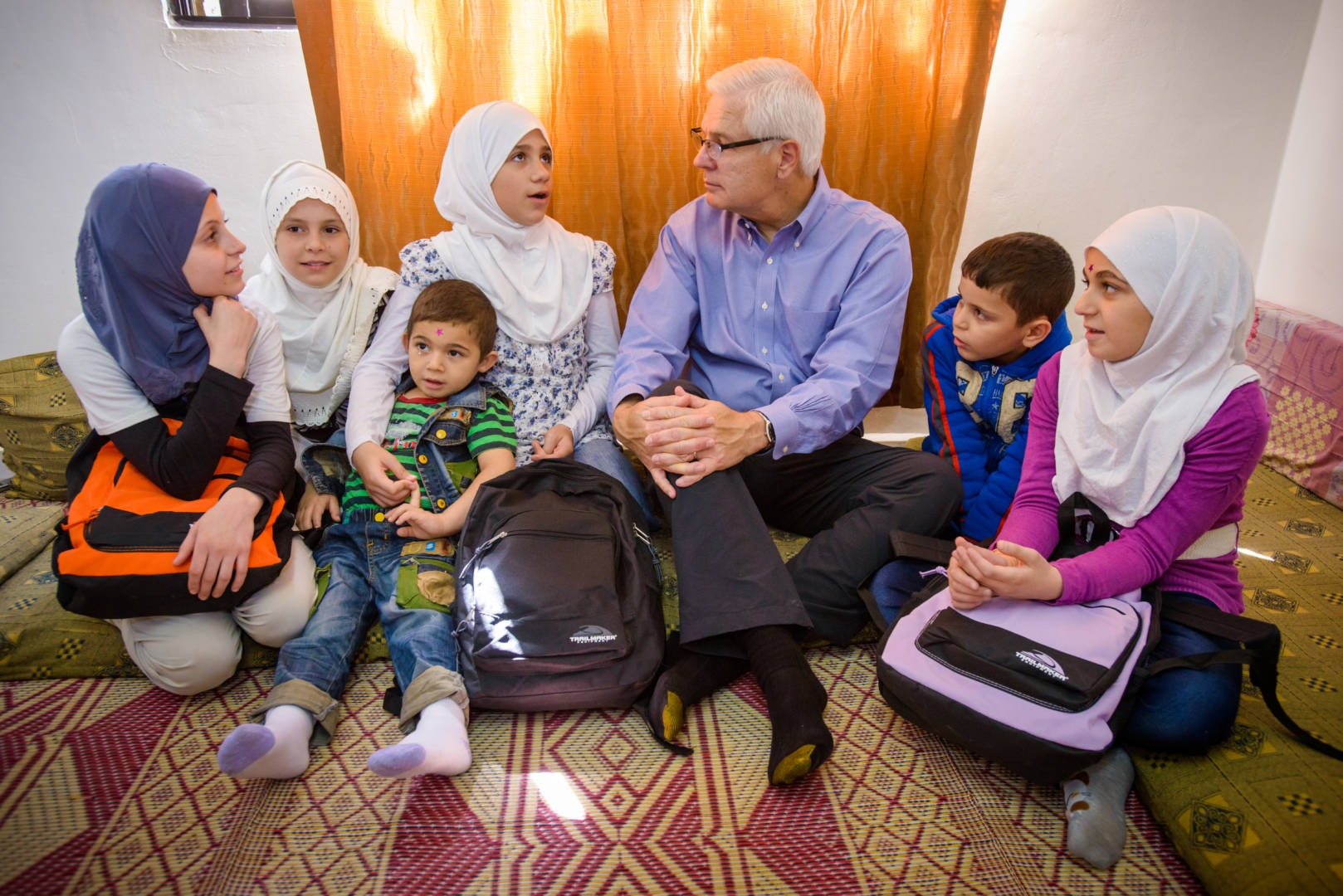
Convinced by a child
Nearly 3 million people had fled war-torn Syria in 2013 when World Vision President Rich Stearns (1998–2018) visited a refugee camp in Jordan. “I wasn’t focused on this crisis,” he admitted in a 2017 blog. “World Vision was responding, but there were plenty of other ministry priorities demanding my attention.” At ground level, Rich was daunted by the sight of 100,000 Syrian refugees in Za’atari camp — many of them Muslim — affected by a complicated geopolitical crisis. He wondered, “Why would Americans care about this?”
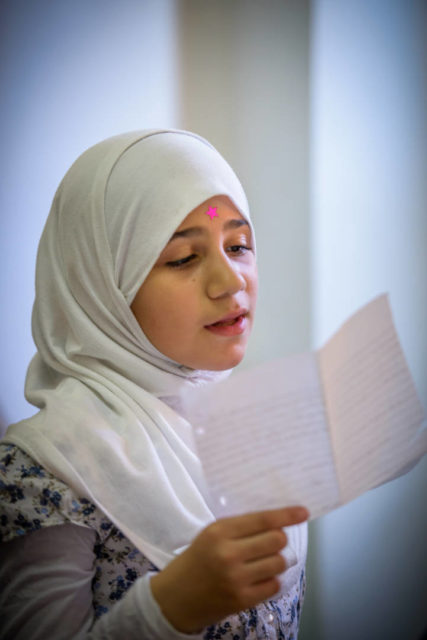
Then he met Haya, a 10-year-old refugee who poured her feelings into a song and a letter she read to Rich: “I am calling on you, the people of the other world. Have you ever thought of the children of Syria?” Her words touched Rich’s heart, and he resolved to do everything he could to raise awareness of the Syrian refugee crisis. He carried Haya’s letter with him and quoted her in his speeches over the next five years, which contributed to World Vision raising $50 million to date for Syria.
It wasn’t the first time God got Rich’s attention with the plight of a child. As the new World Vision president in 1998, Rich traveled to Rakai, Uganda, and met 13-year-old Richard, who was orphaned by AIDS. Showing Rich his Bible, Richard said, “I love to read the book of John because it says that Jesus loves the children.” The boy had the same effect on Rich that Haya would have later, convicting Rich to break through American Christians’ apathy over an unpopular issue. Rich wrote, “A child can tell you what you most need to know about a faraway, complicated crisis — simply that precious children Jesus loves are suffering.”
